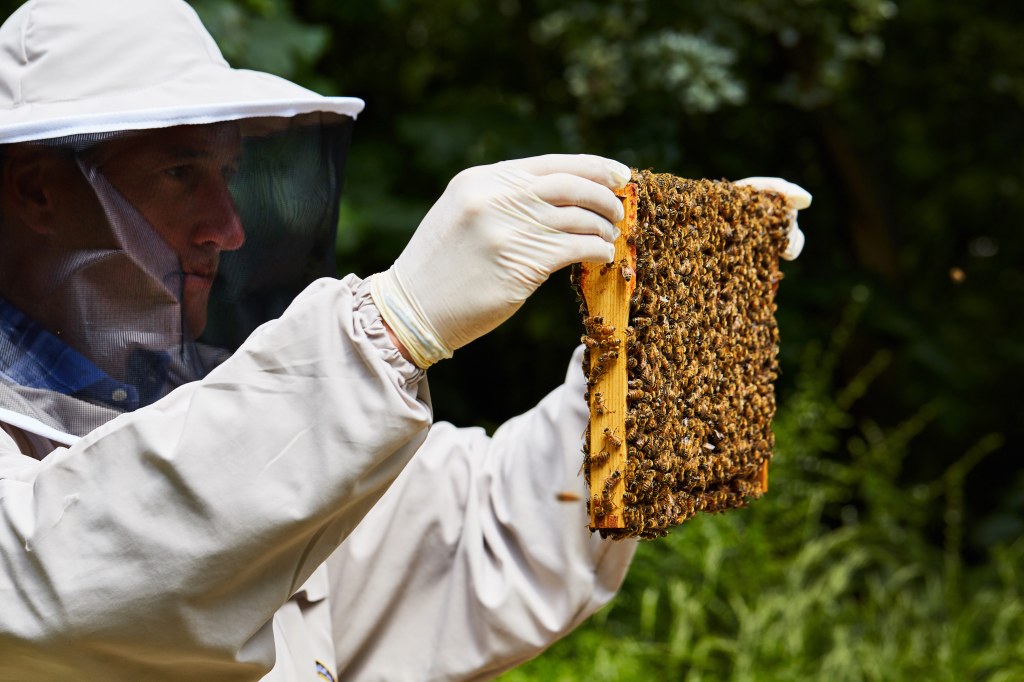Beekeeping: A Guide to Starting and Sustaining Your Own Hive
Are you looking for a rewarding and sustainable hobby that also benefits the environment? Look no further than beekeeping! Not only does it provide you with delicious honey, but it also helps in pollinating plants, promoting biodiversity, and supporting the overall health of ecosystems. In this guide, we will take you through the basics of beekeeping – from starting your own hive to sustaining it for years to come.
1. Getting Started:
Before diving into beekeeping, it’s important to equip yourself with the necessary knowledge and tools. Joining local beekeeping associations or taking courses can be immensely helpful in understanding the ins and outs of this fascinating practice. You will learn about different types of bees, suitable equipment like hives and protective gear, as well as how to spot common diseases.
2. Choosing the Right Location:
Once you have gathered all your supplies, finding an appropriate location for your hive is crucial. Bees thrive in areas with ample sunlight and nearby water sources such as ponds or streams. It’s essential to consider accessibility for maintenance purposes while ensuring minimal disturbance from people or animals.
3. Selecting Bees:
The most common type of honeybee used in beekeeping is Apis mellifera due to their gentle nature and high honey production capabilities. Acquiring bees can be done by purchasing packages containing both a queen bee and worker bees or by catching swarms if available locally.
4. Setting Up Your Hive:
When setting up your hive, ensure proper ventilation while protecting it from extreme weather conditions like strong winds or excessive heat/cold temperatures. The hive should consist of frames where bees build comb structures; these frames are removable for inspection purposes later on.
5. Managing Your Beehive:
Regular inspections are vital for maintaining healthy colonies. During inspections, look out for signs of disease or pest infestations like varroa mites. Additionally, managing the hive’s population can involve techniques like requeening or splitting your colony to prevent overpopulation and maintain a healthy bee-to-space ratio.
6. Harvesting Honey:
Once your hive is thriving and filled with honey, it’s time for the sweet reward – harvesting! Bees require sufficient honey reserves to sustain themselves through winter, so it’s crucial to leave enough for their survival. Using proper tools like a beekeeper suit and smoker, you can safely extract frames containing capped honey without causing harm to yourself or the bees.
7. Environmental Considerations:
Beekeeping goes hand in hand with environmental stewardship. Encourage biodiversity by planting a variety of flowering plants that provide nectar and pollen sources throughout the year. Avoid using harmful pesticides in your garden as they can negatively impact bee health.
8. Continued Learning:
Beekeeping is an ever-evolving practice, so it’s important to stay updated on new techniques and research findings within the field. Attend workshops, conferences, or webinars where experienced beekeepers share their knowledge and insights.
In conclusion, beekeeping offers not only delicious honey but also numerous benefits for both individuals and the environment as a whole. By starting your own hive and adopting sustainable practices, you become part of a global effort to protect these vital pollinators while enjoying the rewards of this fascinating hobby. So why wait? Put on your protective gear and embark on an exciting journey into the world of bees!


Leave a comment